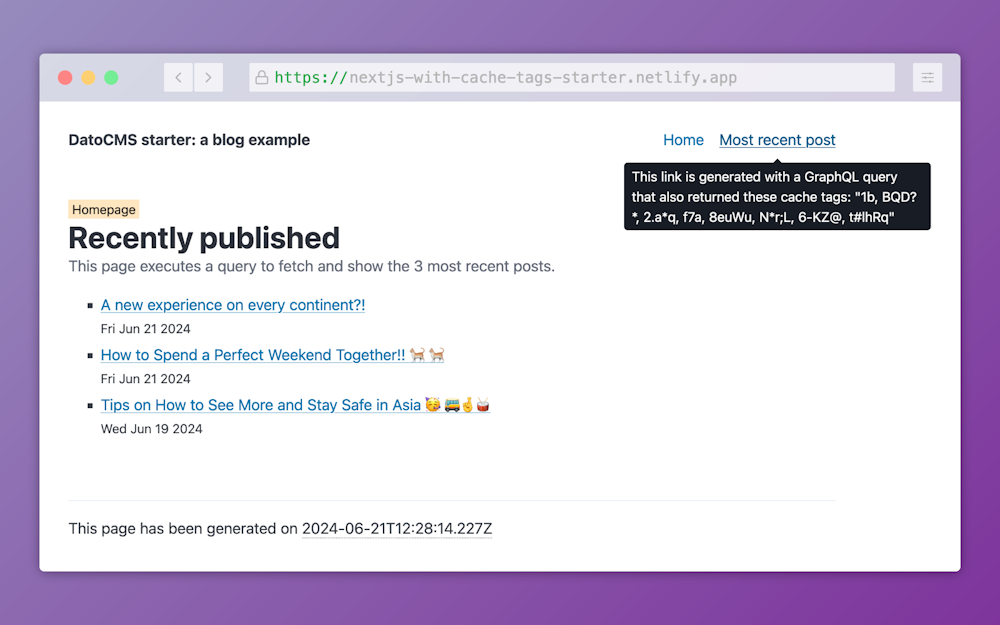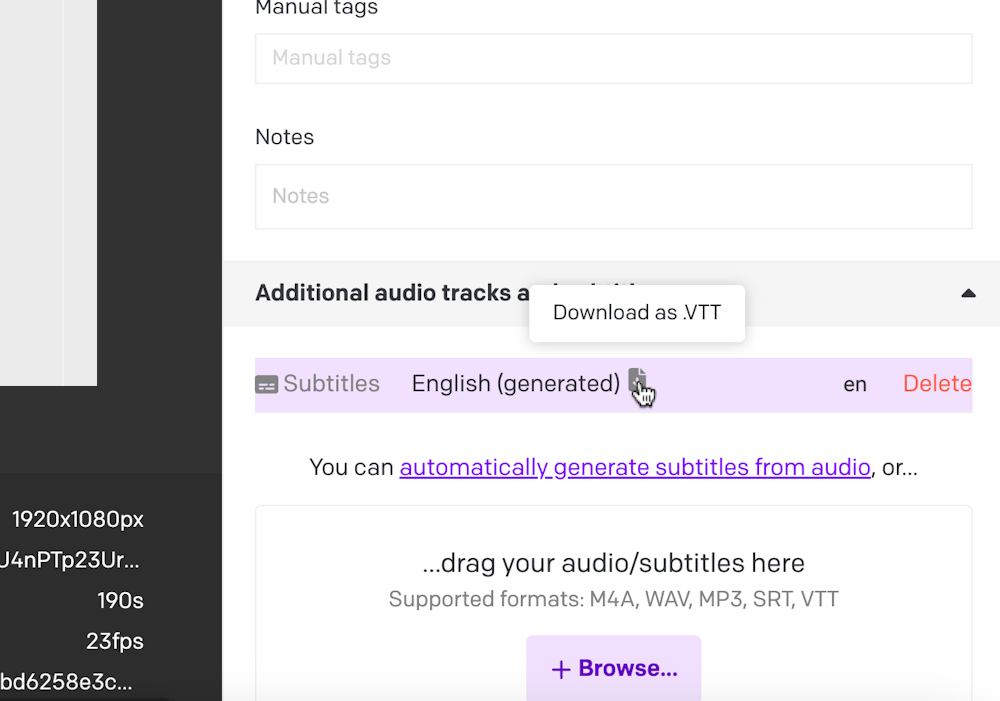Significantly faster bulk uploads
Great news! We've optimized our asset upload system to make bulk uploads much faster. Here's what's improved:
Parallel processing: If you select or drop multiple files at once, they will now upload simultaneously.
Reduced wait times: You can continue uploading while previous files are being processed/analyzed.
With these updates, you can upload hundreds of assets in just minutes instead of hours. Bulk uploads are now up to 10 times faster, especially if you have a lot of files to handle.
Give it a try and feel the difference in speed for yourself!



